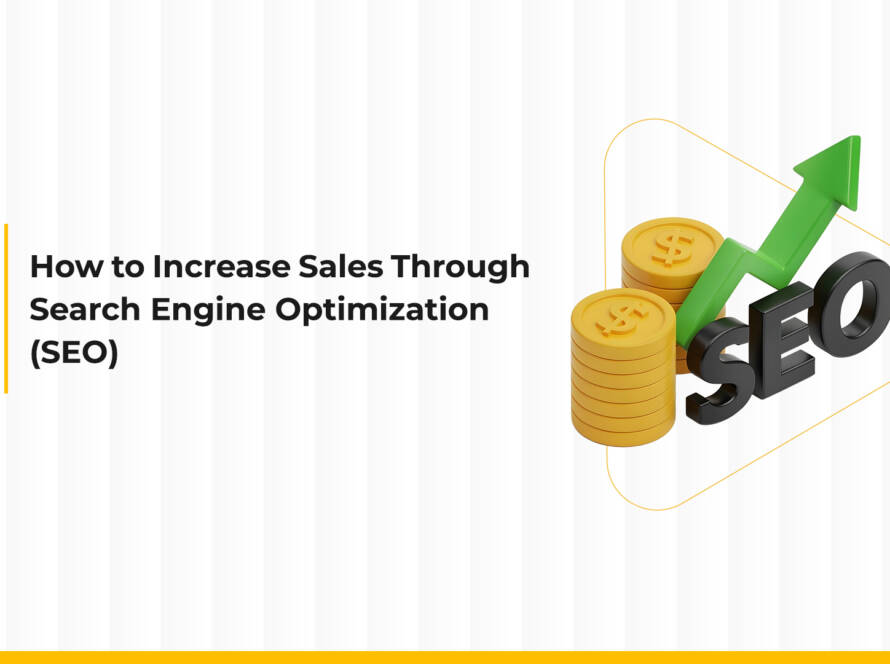In today’s digital era, website speed has become a decisive factor that directly impacts the success of any business or organization seeking to stand out online. It is one of the most critical metrics determining a website’s ability to attract and retain users. Website speed not only affects the overall user experience but also plays a major role in search engine rankings.
A visitor who experiences delays in loading content is likely to leave for a competitor’s site—resulting in lost business opportunities. Therefore, adopting effective strategies and tools to enhance website performance has become essential for improving customer satisfaction and creating a superior online experience.
The Importance of Website Speed in the Digital World
Impact of Website Speed on User Experience
Website loading speed is an integral part of the user experience. Modern users expect instant access to information and services. When a website is fast and responsive, users feel more comfortable, engage more with the content, and are more likely to complete purchases or sign up for services.
On the other hand, slow websites frustrate users, increase bounce rates, and diminish trust in the brand.
The Relationship Between Website Speed and Online Customer Satisfaction
Improving website speed directly contributes to customer satisfaction. Users associate technical performance with service quality—fast and responsive websites project professionalism and reliability. This leads to higher conversion rates and stronger customer loyalty in the long run.
Thus, investing in website optimization technologies yields significant returns and enhances business performance.
Website Speed and Search Engine Optimization (SEO)
Website speed is one of Google’s key ranking factors. Search engines prioritize sites that deliver excellent user experiences, ranking them higher in search results. Therefore, optimizing your website’s loading speed not only improves usability but also increases organic traffic and brand visibility.
Website Optimization Tools and Their Role in Speed Enhancement
Website optimization tools play a vital role in monitoring and analyzing site performance, helping to identify issues and implement solutions. Some of the most effective tools include:
-
Google PageSpeed Insights:
Offers detailed reports on website performance across mobile and desktop devices, with practical recommendations to improve loading speed. -
GTmetrix:
Provides comprehensive performance analysis, including load time, file size, and suggestions to optimize code and media assets. -
Pingdom:
Monitors website speed from different global locations, allowing administrators to understand performance across various regions. -
WebPageTest:
Enables customized performance testing to identify specific weaknesses that need improvement.
By using these and other optimization tools, website managers can gain clear insights into performance metrics and take targeted actions to enhance speed effectively.
Key Factors Affecting Website Speed
-
Server Infrastructure and Hosting Quality
The quality of your hosting provider and server configuration plays a major role. Shared or low-quality hosting often leads to slow response times. -
File and Image Sizes
Large images and videos slow down loading times. Optimize media using compression tools to reduce size without sacrificing quality. -
Code Efficiency
Well-structured, optimized code ensures faster execution. Poorly written or bloated code increases load times and processing effort. -
Plugins and Extensions
In CMS platforms like WordPress, excessive or poorly coded plugins can slow performance. Regular audits and cleanup are essential. -
Caching Implementation
Caching techniques store frequently accessed data, allowing users to load pages faster without repeated server requests.
Effective Strategies to Improve Website Speed
1. Optimize and Simplify Code
Review and streamline your website’s code by minimizing CSS and JavaScript files, removing unnecessary spaces and comments, and merging multiple files. Cleaner code results in faster load times and smoother performance.
2. Use Caching Techniques
Caching stores static versions of your pages for quicker access. It can be implemented via server-level caching or CMS plugins, significantly improving load speed for returning visitors.
3. Leverage Content Delivery Networks (CDNs)
CDNs distribute website content across multiple geographically dispersed servers, reducing latency and ensuring faster access for users around the world.
4. Compress and Optimize Images
Use tools such as TinyPNG or ImageOptim to reduce image file sizes without losing quality. Consider adopting modern formats like WebP to enhance efficiency.
5. Improve Database Performance
Optimize database queries, reorganize tables and indexes, and use caching layers to reduce server load and improve response times.
6. Minimize Redirects
Excessive redirects increase load times. Limit them and ensure users are directed straight to the final destination page.
7. Regularly Monitor Performance
Use performance analysis tools like Google PageSpeed Insights, GTmetrix, and Pingdom to monitor speed improvements and track progress over time.
8. Implement Lazy Loading
Lazy loading defers the loading of off-screen images and videos until users scroll to them, reducing initial load time and improving perceived performance.
9. Optimize Server Performance
Ensure your server is properly configured and updated. For high-traffic sites, consider switching from shared hosting to VPS or dedicated servers.
10. Review Plugins and Add-ons
Periodically assess your CMS plugins to ensure they don’t hinder performance. Remove unnecessary ones and choose lightweight alternatives.
Real-World Examples and Success Stories
E-commerce Store Example
An e-commerce retailer implemented CDN technology, optimized images, and refined its website code. The results were remarkable: bounce rates decreased, conversions rose, and customer satisfaction significantly improved—proving the direct link between website speed and business growth.
News Website
For news portals, fast loading is critical. By utilizing caching systems and server optimization, several media sites achieved smoother browsing experiences, which increased user retention and engagement.
Interactive Web Applications
Even interactive apps benefit from optimization. Continuous monitoring and fine-tuning of site performance improved responsiveness, reduced latency, and enhanced overall user trust.
Conclusion
This article explored practical strategies for improving website speed and their direct impact on customer satisfaction. From optimizing code and reducing file sizes to leveraging caching systems, CDNs, and performance tools—each step contributes to a seamless user experience.
Investing in website speed optimization is no longer optional—it’s a strategic necessity. Faster websites lead to higher search rankings, better conversions, and stronger relationships with users.
In a fast-paced digital world, website speed is not just a technical factor—it’s a cornerstone of customer experience and business success.





